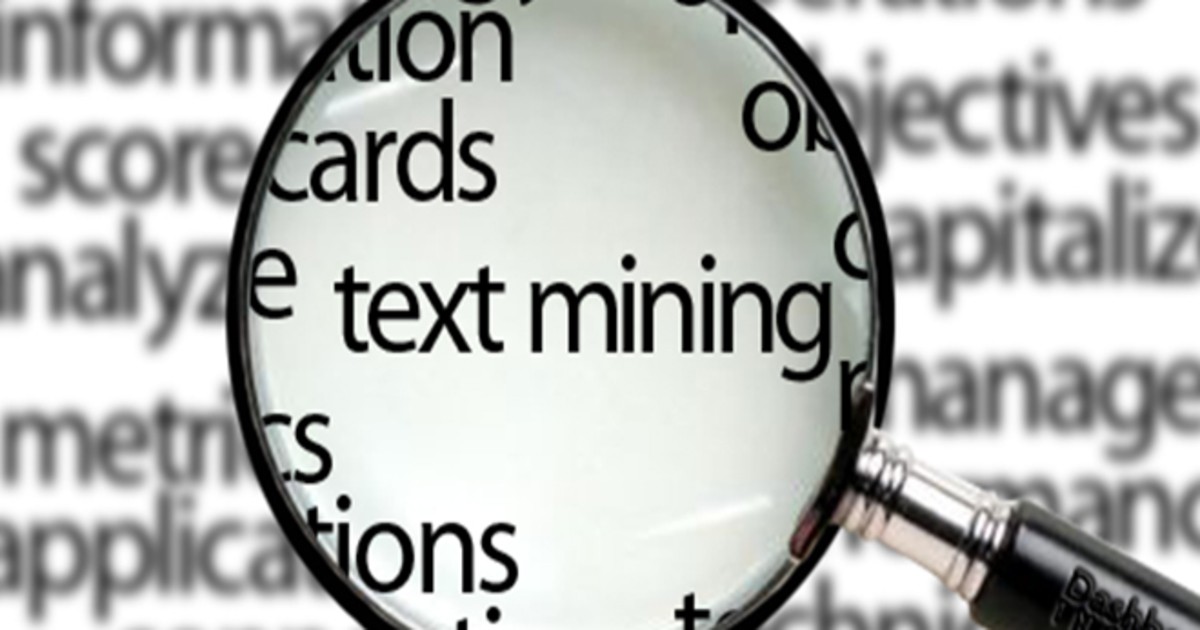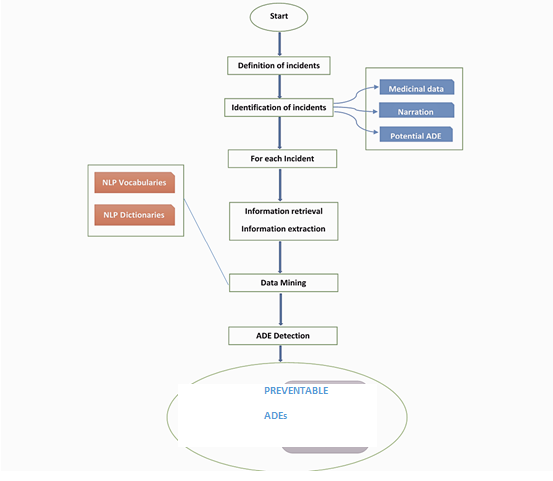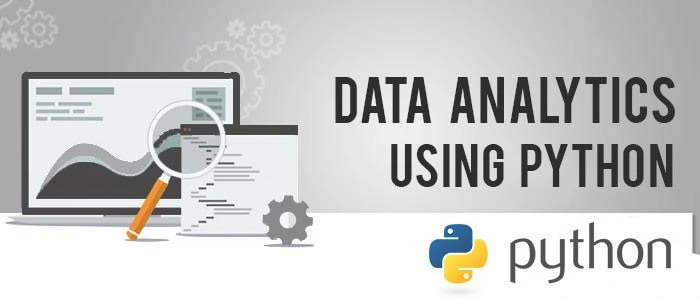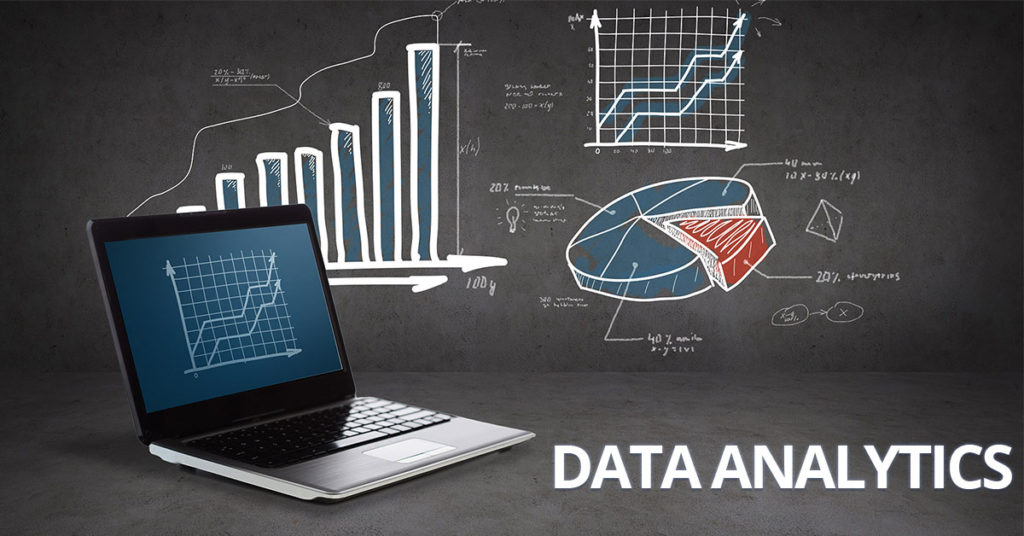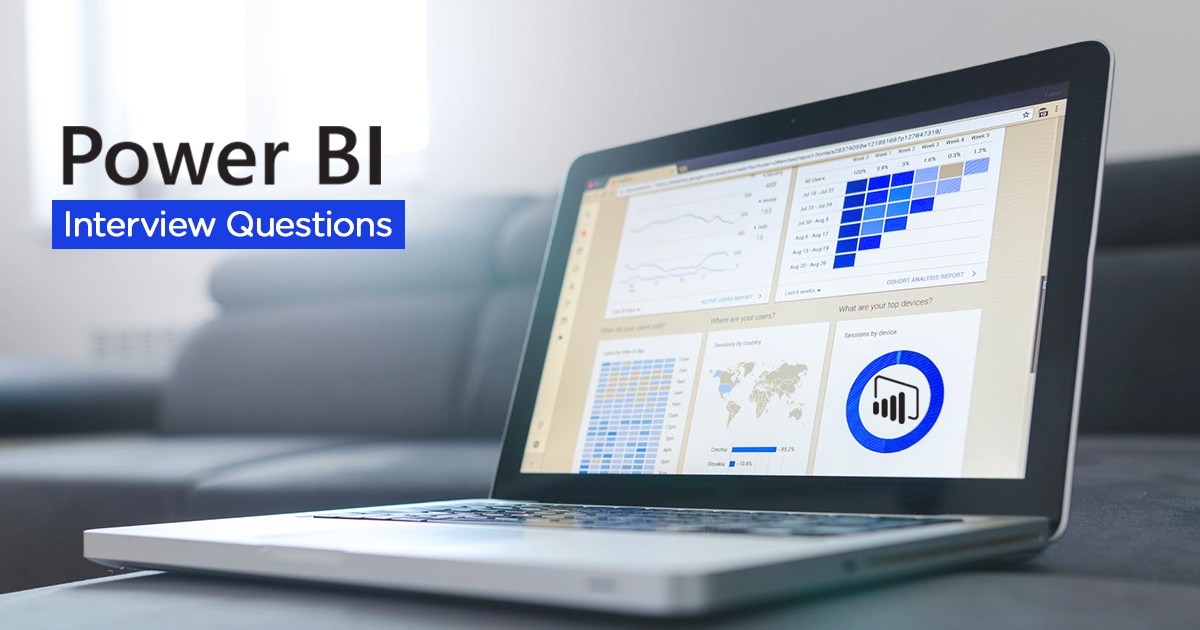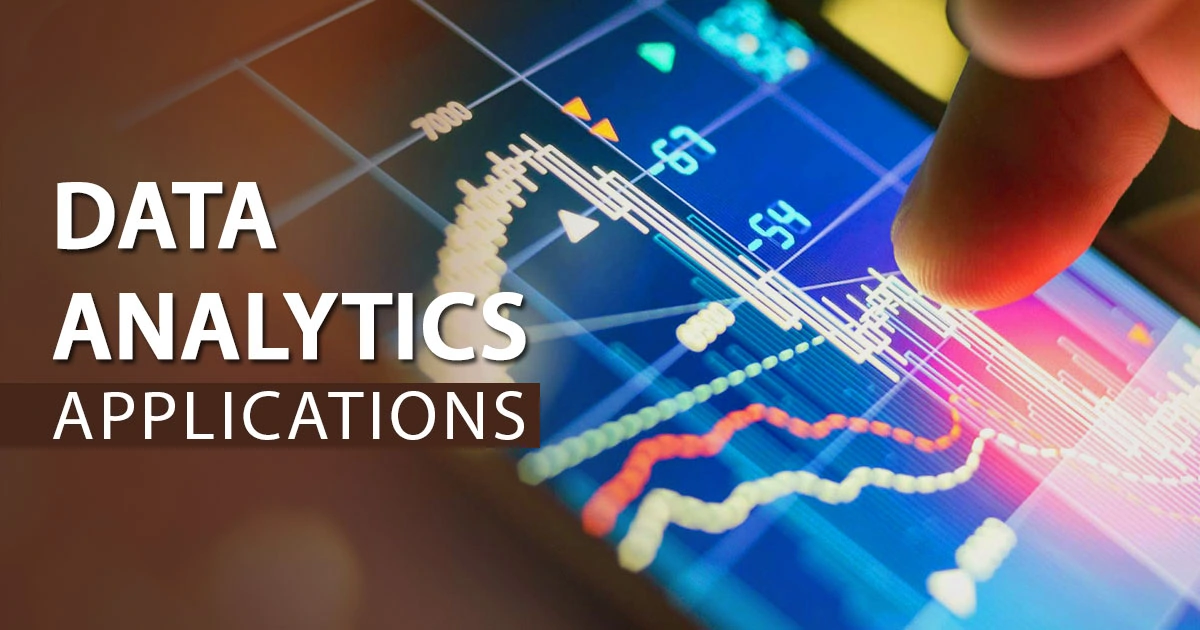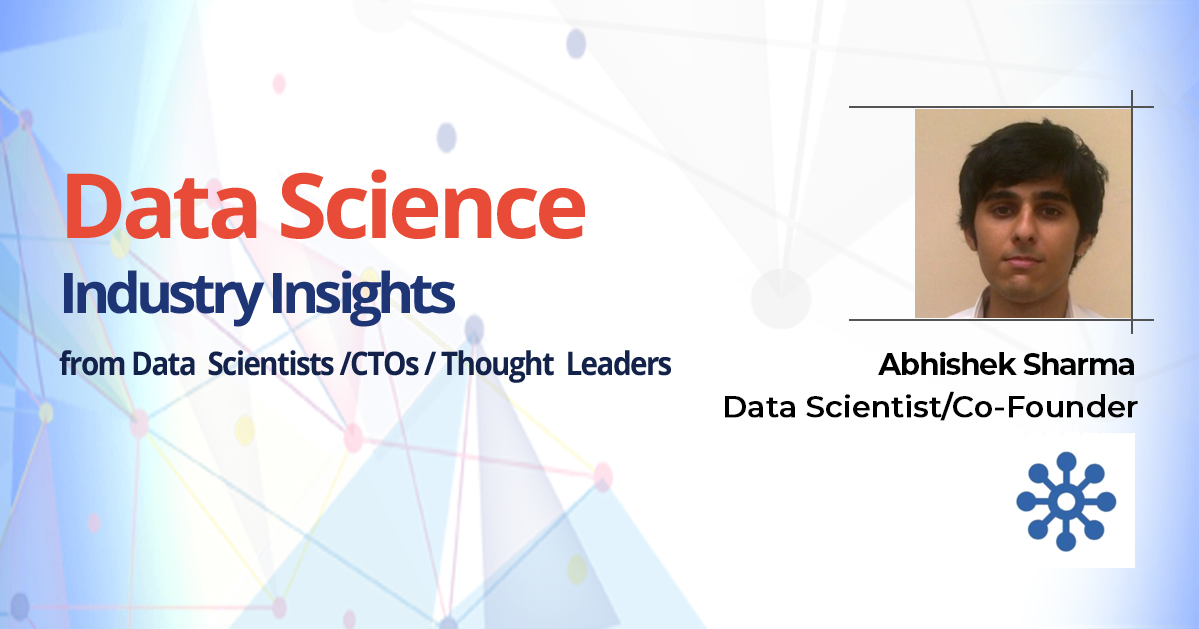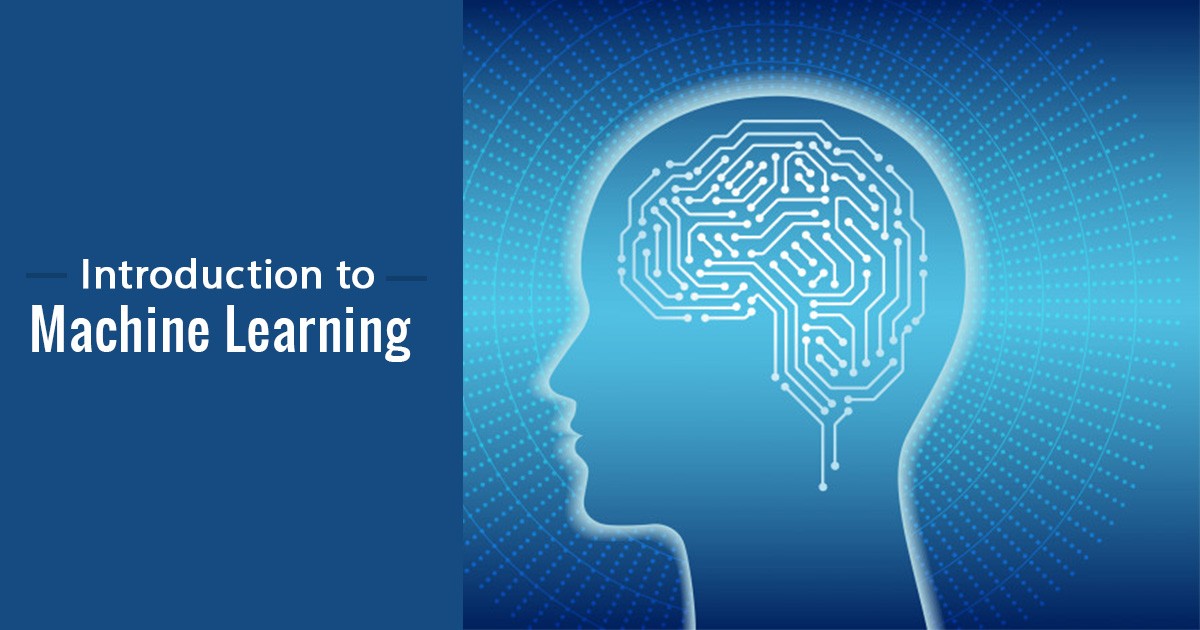Introduction to Text Mining
The day before yesterday I caught up with a friend, over Skype. He said he will be starting his text mining training from next week. though quite a familiar concept, text mining as a tool for data extraction is far more than a three-hour training, I heard him say. The question “What is Text Mining?” may be answered in different ways. Here, I have answered in the simplest possible manner.
Text Mining may be defined as the process of examining data to gather valuable information. Text mining, also known as text data mining involves algorithms of data mining, machine learning, statistics, and natural language processing, attempts to extract high quality, useful information from unstructured formats.
The recent years have seen a tremendous increase in the adoption of text mining for business applications. The reason being by increasing awareness about text mining and the reduced-price points at which its tools are available today.
Text analytics can help businesses listen to the right stories by extracting insights from a free text written by or about customers, combining it with existing feedback data, and identifying patterns and trends. Manual analysis alone is unable to capture this level of insight due to the sheer volume and complexity of the available data.
Definition
Text mining may be defined as the process of analyzing data to capture key concepts and themes and uncover hidden relationships and trends without prior knowledge of the precise words or terms that authors have used to express those concepts.
It is the process of examining data to gather valuable information. Text mining, also known as text data mining involves algorithms of data mining, machine learning, statistics, and natural language processing, attempts to extract high quality, useful information from unstructured formats. This type of mining is often interchangeably used with “text analytics” is a means by which unstructured or qualitative data is processed for machine use.
Text Mining Examples
Text mining is used to answer business questions and to optimize day-to-day operational efficiencies as well as improve long-term strategic decisions in automotive, healthcare, and finance sector. Techniques like categorization, entity extraction, and sentiment analysis are used to identify insights, patterns, and trends in large volumes of unstructured data. here, I have discussed a few real-life examples of text mining.
-
Risk management:
Inadequate risk analysis accounts for the biggest reasons for failure in any industry. However, text mining helps us resolve the issue of robust risk analysis. In the finance sector, Risk Management Software based on text mining technology can dramatically increase the ability to mitigate the risk that ensures complete management of large databases, and links together information and is able to access the right information at the right time.
-
Knowledge Management:
Managing large data volumes often makes finding specific information, on short notice, a difficult task. The healthcare industry is a classic example of this issue. Here, professionals have to a tremendous amount of information—decades of research in genomics and molecular techniques, for example, as well as volumes of clinical patient data—that could potentially be used for new product development. Here, knowledge management software based on text mining offers a clear and reliable solution for the “info-glut” problem.
-
Prevention of Cybercrime:
The random availability of data on the internet and the consequential exchanges often bear the brunt of cybercrimes. The unidentified criminal soon becomes untraceable. Thanks to mining techniques, intelligence, and anti-crime applications are keeping cybercrimes at bay. Enterprise and law enforcement or intelligence agencies make use of text mining techniques to analyze the source and nature of data extraction
-
Customer Care Service:
Text mining and natural language processing are widely used for customer care applications. Adoption of text analytics software ensures improve customer experience using different sources of valuable information such as surveys, trouble tickets, and customer call notes for optimized quality, effectiveness, and speed in resolving problems. Text analysis is also used for faster and automated customer response, dramatically reducing dependency on call center operations.
-
Contextual Advertising:
Text mining has given a fresh lease to digital advertising. Companies are using text mining as the core engine for contextual retargeting for better results. Also, compared to the traditional cookie-based approach, contextual advertising provides better accuracy, and completely safe, as it preserves the user’s privacy.
-
Business Intelligence:
Companies are using Mining of text techniques to uphold and support decision making. text mining helps in faster and better analysis. Applications like the Cogito Intelligence Platform (link to CIP) monitors thousands of data sources and analyzes large data volumes to extract only the relevant content.
-
Spam Filtering:
Spam emails are a pain area for most internet service providers, accounting for the higher cost of service management and hardware\software updating. spam is an entry point for viruses and impacts productivity. Text mining techniques are implemented to improve the effectiveness of statistical-based filtering methods.
-
Social Media Data Analysis:
The social media which is a potential source of unstructured data is considered as a valuable source of information for market and customer intelligence. Many companies are using mining of text to analyze or predict customer needs and assess the perception of their brand. Text analytics can address both the issues analyzing large volumes of unstructured data, extracting opinions, emotions and sentiment and their relations with brands and products.
Techniques
Text Mining techniques such as categorization, entity extraction, and sentiment analysis are made use of to extract the useful information and knowledge hidden in text content.
Some of the popular Mining of text applications include:
- Enterprise Business Intelligence/Data Mining, Competitive Intelligence
- E-Discovery, Records Management
- National Security/Intelligence
- Scientific discovery, especially Life Sciences
- Search/Information Access
- Social media monitoring
Basic Steps to Text Mining
Text and data mining coupled together offers better insights than adopting any one of the two. However, you need to have the right understanding of both, before combining text and data mining.
This process typically includes the following steps:
- First, identify the text to be mined. To do this, you need to prepare the text for mining. If the text data is contained in multiple files, save the files to a single location. If you are mining databases, determine the field containing the text.
- Next, mine the text and extract structured data and apply the text mining algorithms to the source text.
- Now you need to build concept and category models for the data that is mined. Identify the key concepts and create separate categories for each of them. Quite often, you may find that the number of concepts from the unstructured data is too many in number. in such a scenario, it is advisable to identify the most popular or talked about concepts.
- Finally, you need to analyze the structured data. make use of standard data mining techniques, such as clustering, classification, and predictive modeling, to discover relationships between the concepts. Next, merge the extracted concepts with other structured data to predict future behavior based on the concepts.
Text Mining in R:
Any discussion on Text Mining is incomplete without a section on R and Python.
R, one of the most popular and open source programming languages for data science, includes packages like tm, SnowballC, ggplot2, and word cloud used in data processing.
We know Natural languages are ambiguous. The semantic or the meaning of a statement depends on the context, tone, and sentiment, unlike programming languages. Text mining helps computers understand the “meaning” of the text by analyzing the sentiment involved in the text data. For example, a positive review of a product or service, classifying emails as useful or spam, etc.
R libraries implement some common text mining techniques for sentiment analysis, build word clouds, and process the text for meaningful analysis.
For understanding mining of text with R requires knowledge of text mining packages in use. The following packages are commonly used for text processing with R.
- RSQLite, ‘SQLite’ Interface for R
- tm, a framework for text mining applications
- SnowballC, text stemming library
- Wordcloud, for making wordcloud visualizations
- Syuzhet, text sentiment analysis
- ggplot2, one of the best data visualization libraries
- quanteda, N-grams
These packages can be installed by using the following command:
install.package(“package name”)
Text Mining in Python:
In Python, this type of mining is pretty much the same as R, the only difference is python offers more flexibility and is more intuitive. You may start with snippets of Python script which can be found easily for tokenization, tagging, stemming/lemmatization, stop word removal, etc. by following your goal with the text.
Here, we discuss 3 basic steps in mining Python. Each of these steps will do two things: show a core task that will get you familiar with NLP basics, and introduce you to some common APIs and code libraries for each of the tasks. The three tasks for data mining are:
- Building a corpus — using Tweepy to gather sample text data from Twitter’s API.
- Analyzing text — analyzing the sentiment of a piece of text with our own SDK.
- Visualizing results — how to use Pandas and matplotlib to see the results of your work.
When drawing a comparison between Python and R, I may say there are more natural language processing libraries in Python available, such as nltk and gensim, that are associated with its other libraries such as numpy, scipy, and sci-kit-learn. Though R is equally good, having libraries like tm and RTextTools, but it does not have numpy-like libraries, because R itself is designed to perform calculations like this. Also, Python can be used to develop larger software projects by producing reusable codes.
Know about the best Python libraries. Read my earlier post on top 10 Python Libraries for Data Science.
R or Python, which one is better? Learn more R vs. Python; Which One is the Best for Data Analysis.
Text Mining and Data Analytics:
An advanced course in text mining would teach you the inner workings of algorithms with Tree Viewer and Nomogram to help you understand Classification Tree and Logistic Regression. Most intensive courses include text mining algorithms for modeling, such as Latent Semantic Indexing (LSP), Latent Dirichlet Allocation (LDA), and Hierarchical Dirichlet Process (HDP).
You may also go for a combined course in Text mining and data analytics, to learn about the major techniques for mining and analyzing text data to discover interesting patterns, extract useful knowledge, and support decision making, with an emphasis on statistical approaches. You will also need to learn detailed analysis of text data. Prior knowledge of statistical approaches helps in robust analysis of text data for pattern finding and knowledge discovery.
You would love experimenting with explorative data analysis for Hierarchical Clustering, Corpus Viewer, Image Viewer, and Geo Map. You would also learn to interactively explore the dendrogram, read the documents from selected clusters, observe the corresponding images, and locate them on a map.
Enroll in our Data Analytics courses for a better understanding of text data mining and their relation to Data Analytics. The industry-relevant curriculum, pragmatic market-ready approach, hands-on Capstone Project are some of the best reasons to gain insights on.
